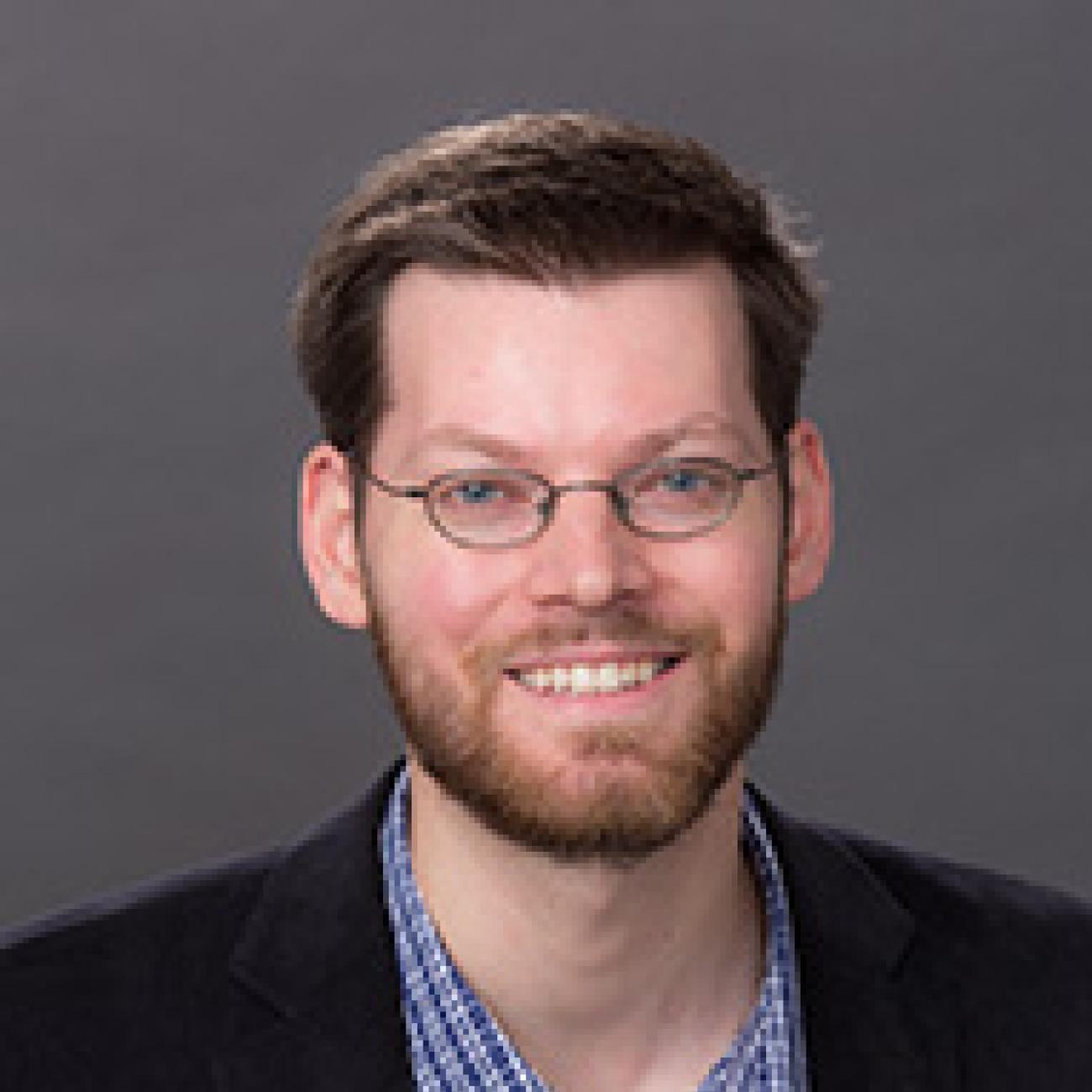Inorganic and Organometallic Synthesis, Energy Storage Chemistry, Materials Chemistry
- B.A. in Chemistry, with honors, Grinnell College (2004)
- Ph.D. in Chemistry, University of California, Berkeley (2009)
- Post-doctoral Associate, Max Planck Institute for Bioinorganic Chemistry (2009-2011)
- Adjunct Assistant Professor of Chemistry, College of St. Benedict | St. John’s University (2011-2012)
- Post-doctoral Associate, Los Alamos National Laboratory (2012-2013)
- Glenn T. Seaborg Institute Post-doctoral Fellow, Los Alamos National Laboratory (2013)
- Director’s Post-doctoral Fellow, Los Alamos National Laboratory (2013-2015)
Our group performs synthetic inorganic and organometallic chemistry as a way of investigating new concepts in structure, bonding, catalysis, and materials chemistry. The research involves the use of rigorous air-sensitive synthetic techniques and draws on a wide range of physical methods for characterizing novel compounds.
With a particular interest in energy problems, our work takes advantage of modern concepts in bonding theory to generate materials that can influence how energy from renewable sources is collected, stored, and released. To do this, we develop both new catalysts for reactions that store energy in chemical bonds and battery materials that can reversibly deliver multiple electrons with minimal energy loss. Our current areas of focus include:
• Understanding the effects of molecular-scale electrostatic fields on electronic structure and reactivity, particularly as they relate to both bioinorganic chemistry and homogeneous catalysis.
• Developing molecular cluster compounds that incorporate redox-active ligands as a way of modeling the chemistry occurring on the surfaces of heterogeneous, metallic catalysts.
• Generating molecules for use as multi-electron, redox-flow battery materials, especially those that can undergo potential inversion.

